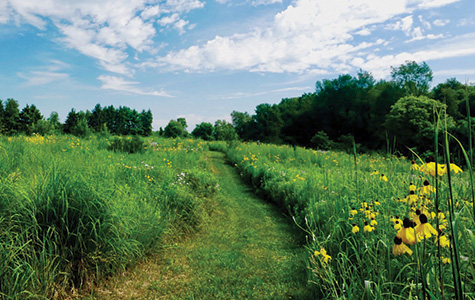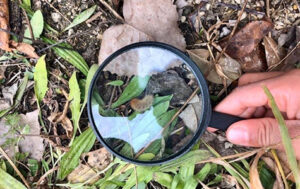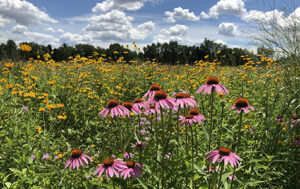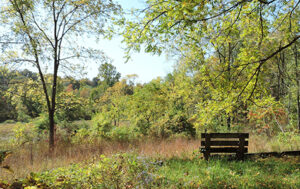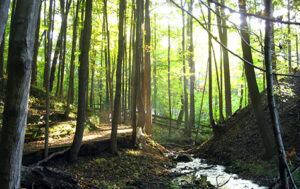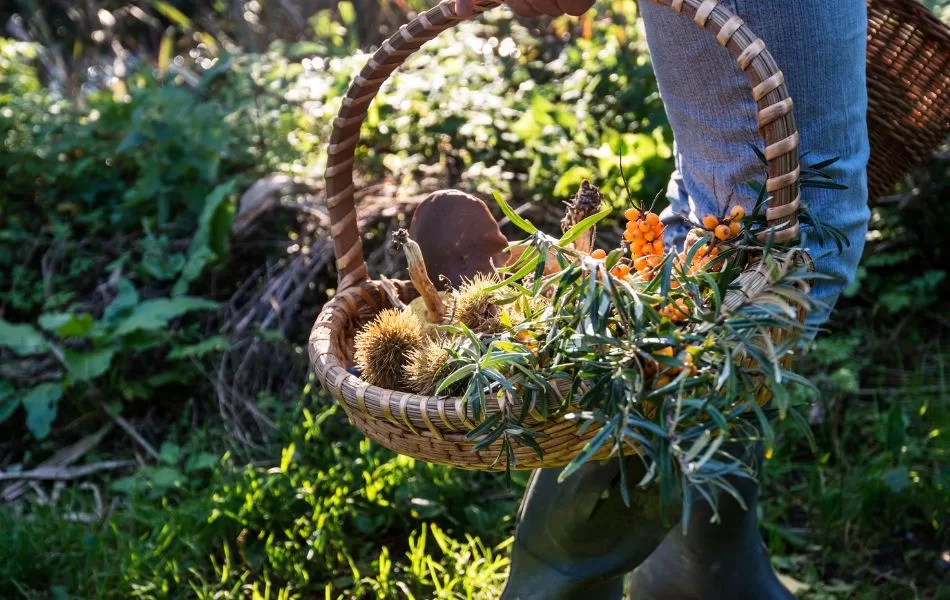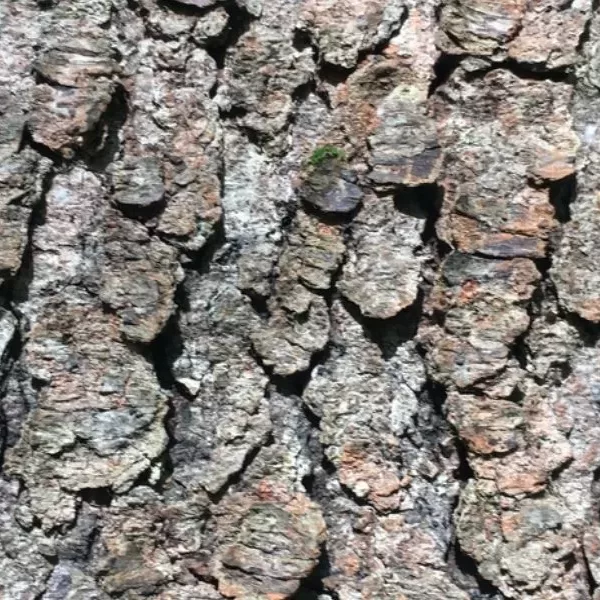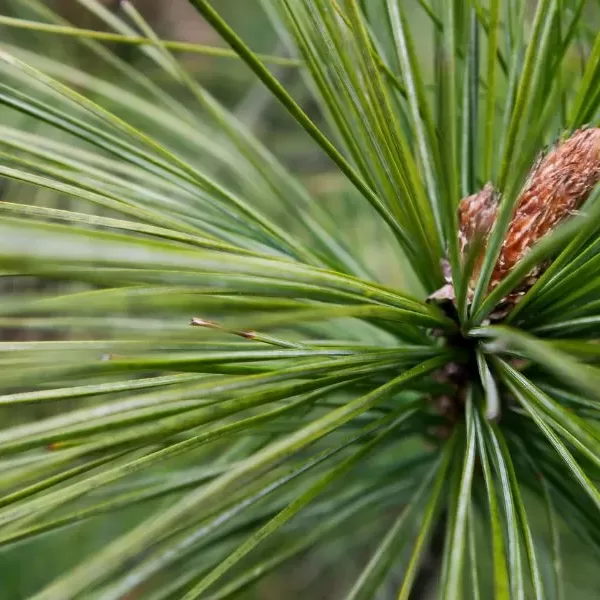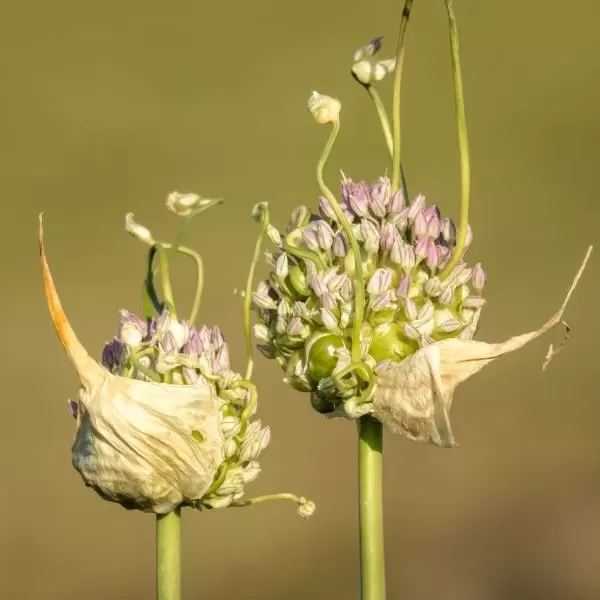Exploring the Edible Wilderness
Foraging Black Cherry Bark, Pine Needles, and Onion Grass
Foraging is a culinary adventure that connects us with nature, offering unique, edible treasures. Grab your basket, explore the wilderness, and let these wild ingredients inspire your culinary creations. Look for more staff-led foraging programs at KNC this summer and fall!
Please note: Please choose your foraging locations with care; responsible foraging requires landowner permission. To best care for our quality habitats, KNC does not allow foraging on Nature Center lands outside of staff-directed programs.

